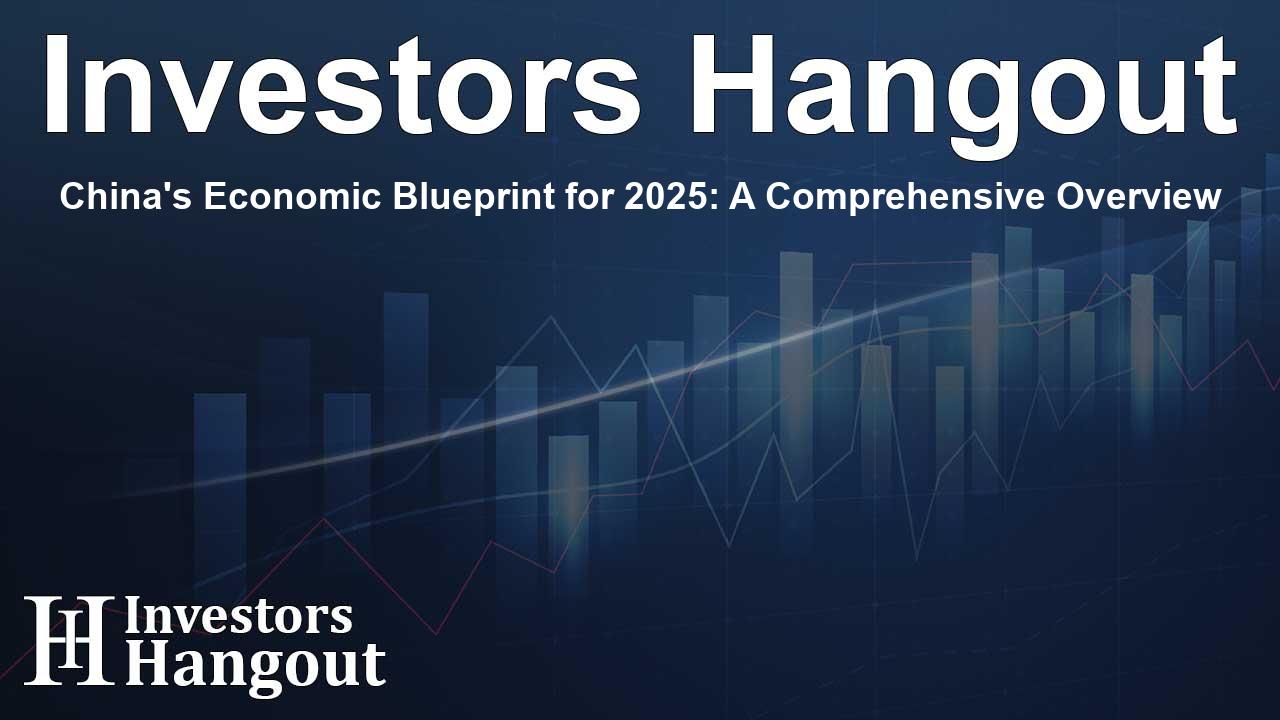China's Economic Blueprint for 2025: A Comprehensive Overview

China's Strategic Economic Conference and Its Implications for 2025
The year-end Central Economic Work Conference is a significant event in China's economic calendar, providing a platform to assess the economic landscape and outline priorities for the upcoming year. This crucial gathering focuses on setting a proactive policy tone, analyzing trends, and tackling challenges that the economy may face.
Key Economic Goals and Projections
At this conference, officials expressed optimism about achieving key economic and social development goals, with an anticipated growth rate of around 5 percent. This optimistic outlook highlights China's projected contribution to global economic growth, which is expected to approach 30 percent. Despite such encouraging forecasts, challenges like insufficient domestic demand and operational issues for many businesses were acknowledged.
Critical Challenges Facing the Economy
The conference brought to light several persistent challenges. Among them were pressures on employment and income growth, as well as risks linked to external economic changes. These factors continue to pose difficulties, emphasizing the need for effective policy measures to adapt to changing conditions in the macroeconomic environment.
Shifts in Macroeconomic Policies
In light of these challenges, the conference highlighted necessary adjustments to macroeconomic policies. A noteworthy shift is the move towards a "more proactive fiscal policy" along with a "moderately loose monetary policy." This change signifies a commitment to ensure effective policy continuity, enabling the government to respond robustly to economic fluctuations.
Fiscal Policy Enhancements
The fiscal policy has evolved to set a deficit-to-GDP ratio at 3 percent for the upcoming year, coupled with discussions of potentially increasing this ratio for 2025. Such adjustments are crucial to tackling the challenge of inadequate domestic demand and ensuring that fiscal strategies positively impact economic performance.
Debt Management Insights
Interestingly, China's government debt ratio remains significantly lower than that of many major economies. With a government debt ratio of 67.5 percent compared to the G7's average of 123.4 percent, this situation provides ample opportunity for the Central Government to expand its borrowing capabilities while supporting economic growth.
Investing in Public Welfare and Consumption
The conference emphasized the importance of optimizing fiscal expenditures to enhance public welfare. There is a clear shift from a construction-based fiscal approach towards one that prioritizes improving living standards and boosting consumption among the populace.
Monetary Policy Adjustment
The monetary policy is also undergoing a transformation, transitioning from a previously "prudent" stance to a new "moderately loose" approach. This marks the first significant policy change in over ten years, aiming to provide effective liquidity management and reduce financing costs, thus fostering a more favorable climate for consumption and investment.
Strategic Focus for 2025
Looking ahead, the conference outlined nine key tasks for 2025, with boosting consumption and enhancing investment efficiency at the forefront. Given the expectation of weakened external demand, expanding domestic consumption is crucial for maintaining steady economic growth. This balanced focus on investment and consumption is critical for adaptation in the increasingly complex global economic landscape.
Conclusion
In conclusion, the Central Economic Work Conference revealed a forward-looking strategy that aims to strengthen China's economy in the face of various challenges. By prioritizing domestic consumption, adjusting fiscal and monetary policies, and improving the efficiency of investments, China is setting a comprehensive roadmap for 2025. This approach will be vital in ensuring sustained economic growth and resilience in uncertain times.
Frequently Asked Questions
What is the significance of the Central Economic Work Conference?
The conference is pivotal for outlining China's economic policies and priorities for the upcoming year.
What are the key economic goals for China in 2025?
Goals include achieving a projected 5% growth rate and contributing around 30% to global economic growth.
How is China addressing challenges in its economy?
The government is adjusting macroeconomic policies, emphasizing a more proactive fiscal strategy and loosening monetary policy.
What strategy is China adopting to boost domestic demand?
China plans to enhance government spending and adjust fiscal policies to increase the deficit-to-GDP ratio for better support against insufficient domestic demand.
What changes can we expect in China’s monetary policy?
The People's Bank of China is set to implement a moderately loose monetary policy, aimed at increasing liquidity and reducing financing costs.
About Investors Hangout
Investors Hangout is a leading online stock forum for financial discussion and learning, offering a wide range of free tools and resources. It draws in traders of all levels, who exchange market knowledge, investigate trading tactics, and keep an eye on industry developments in real time. Featuring financial articles, stock message boards, quotes, charts, company profiles, and live news updates. Through cooperative learning and a wealth of informational resources, it helps users from novices creating their first portfolios to experts honing their techniques. Join Investors Hangout today: https://investorshangout.com/
Disclaimer: The content of this article is solely for general informational purposes only; it does not represent legal, financial, or investment advice. Investors Hangout does not offer financial advice; the author is not a licensed financial advisor. Consult a qualified advisor before making any financial or investment decisions based on this article. The author's interpretation of publicly available data shapes the opinions presented here; as a result, they should not be taken as advice to purchase, sell, or hold any securities mentioned or any other investments. The author does not guarantee the accuracy, completeness, or timeliness of any material, providing it "as is." Information and market conditions may change; past performance is not indicative of future outcomes. If any of the material offered here is inaccurate, please contact us for corrections.